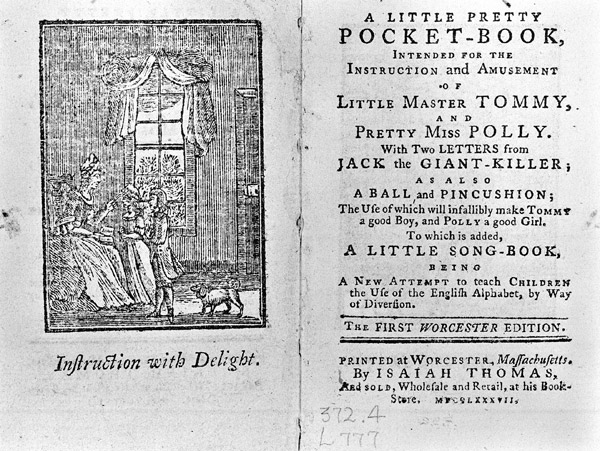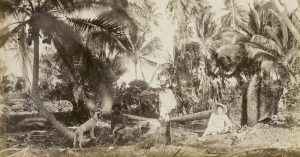
By Maryam Khorasani and Hossein Nazari
Taking into account their concern about the moralistic upbringing of the children of a book-buying middle class, it should come as no surprise that the ‘irrational’ components of fairy stories were frowned upon by an overwhelming majority of eighteenth century children’s authors. Nevertheless, such a measure did not preclude these writers from exploiting similar supernatural plot devices both to make their works more appealing to young readers and to utilise the universal, symbolic power of such elements as a means to move the heterogeneous groups of a middle-class audience in the direction of cooperation and unison.
As the parliament continued to remain under the sway of aristocratic patronage, the diversified middle-class groups sought to legitimise their own claim to socio-political dominance by making a point of their moral supremacy and greater commitment to hard work. In order to emphasise the benefits of virtuosity and diligence, the children’s authors of the late eighteenth century regularly implemented the very same superstitious elements supposedly at odds with their moralistic trajectories. The collective imagination of eighteenth-century readers provided a common ground for propagating the reformist aspirations of the middle class, with supernatural entities serving as a rhetorical device by the aid of which the superiority of the middle class over other social classes could be further highlighted. The long-fostered influence of fairy tales on popular culture continued to exert its force over the didactic tales of the late eighteenth century, suggesting that despite their general opposition to fairy stories’ irrational patterns, the moralistic writers of the time acknowledged, and capitalised on, the captivating influence exercised by the implementation of fantastic elements within their own realistic, moral stories.
The Fantastic Narrator of A Little Pretty Pocket-Book

Published in 1744 by John Newbery, and often considered the first book specifically aimed at children, A Little Pretty Pocket-Book can be perceived as an attempt to move its audience from fantastic levity to progressive rationality. Significantly, a highly virtuous version of Jack the Giant-Killer makes several appearances in the book, communicating with young readers via a series of letters that mostly serve as brief commentaries on the versified moral fables included in the book. In spite of Jack’s moralistic teachings, however, the reason Newbery opts for communicating his message through the words of a fantastic character deserves further investigation. Why is it that we do not get to hear the poor boy’s account of his own success in the style of Benjamin Franklin’s exemplary first-person narrative in The Autobiography (1791)? The successful country boy is given neither a voice nor a proper name. Instead, the account of his prosperity is presented by a renowned figure belonging to the world of the fantastic and the imaginary, a protagonist whose words the readers would presumably deem to promise far more intrigue and excitement than the chronicles of an average country boy making his way up the social ladder through perseverance and industry. Thinking in terms of Aristotelian rhetoric, in order to ‘inspire trust in his audience’ (Aristotle 60), in A Little Pretty Pocket-Book Newbery assigns the task of conveying a series of moral messages to a popular character from the realm of the fantastic. Despite his constant emphasis on the significance of providing children with a rationalistic upbringing, Newbery himself was disposed to borrow from the components of fairy stories as a way to enhance the appeal of his instructions. Hence, he capitalises on the affective influence of fairy stories’ irrational elements and devices so as to render the book’s didactic messages all the more persuasive.
International Research in Children’s Literature is essential reading for scholars in the field of children’s literature. The journal primarily focuses on applications of cultural and literary theories, comparative literatures, and the production and reception of children’s literature as a world literature. Widely international in scope, the journal addresses the diverse intellectual currents of this constantly expanding subject area.






